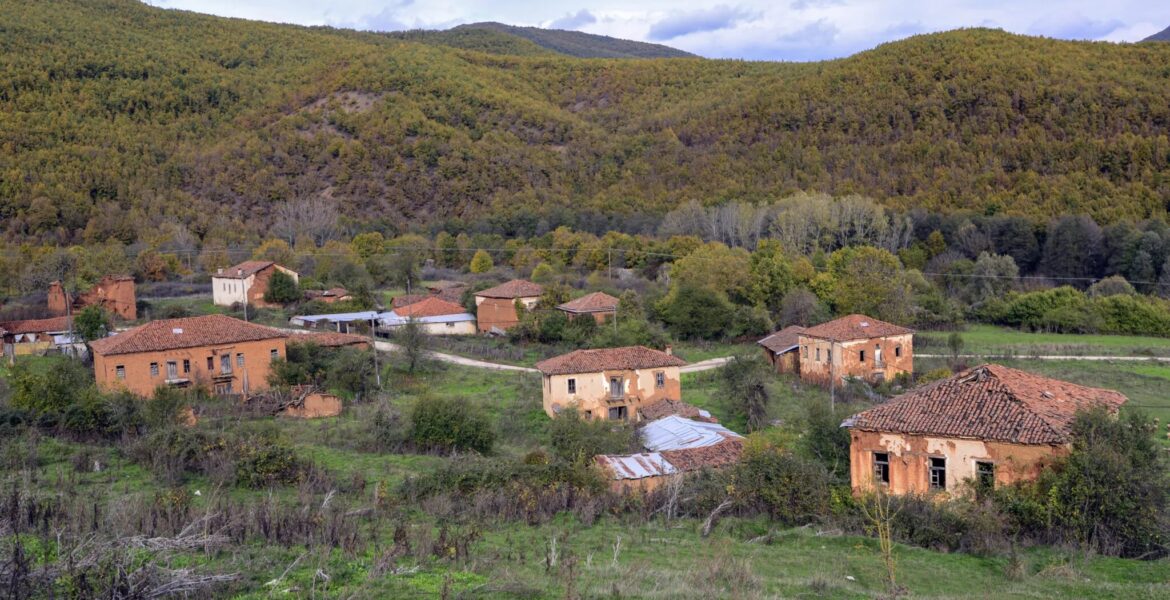Days before, and while we were still planning the trip to the area of Kastoria, I had been told about the abandoned "red villages". Just by hearing it, I added them straight to the list. These are the Korestias, which are made of bricks based on the red soil of the area. Gavros, Mavrokambos, Chalara, Kraniona, and some more are in the quiet valley of Ladopotamos.
They are all deserted and left to their own devices. At the same time, however, they are unique examples of traditional architecture with clear references to the Civil War. It is as if you are walking in front of a movie set and, simultaneously, a journey through the recent history of the place.
The plinths are made of red clay.
But let's see things from the beginning. These villages were built in the first half of the 19th century, and for their construction, they used bricks with a mixture of mud from red soil and straw, which they made on the spot and left in the sun to bake.
Modern architects characterise the way of this construction as early bioclimatic as, among other things, they look towards the south, while in their northern part, they have no opening, thus ensuring coolness in the summer and warmth in the winter.

They were once teeming with life.
Everything around, the house's size and the remaining objects testify that once these brick villages were prosperous and teeming with life. The inhabitants were farmers, breeders and artisans involved in fur processing when the fur trade flourished in Kastoria.
The elegantly decorated mansions, surrounded by beech forests and exuding a historic atmosphere, are noteworthy.
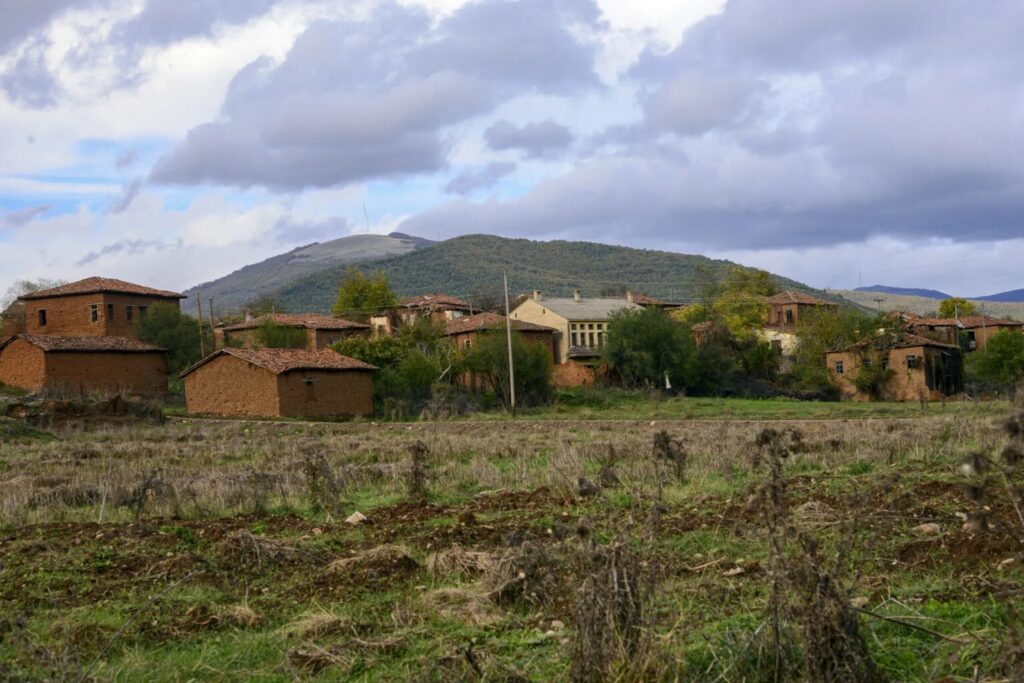

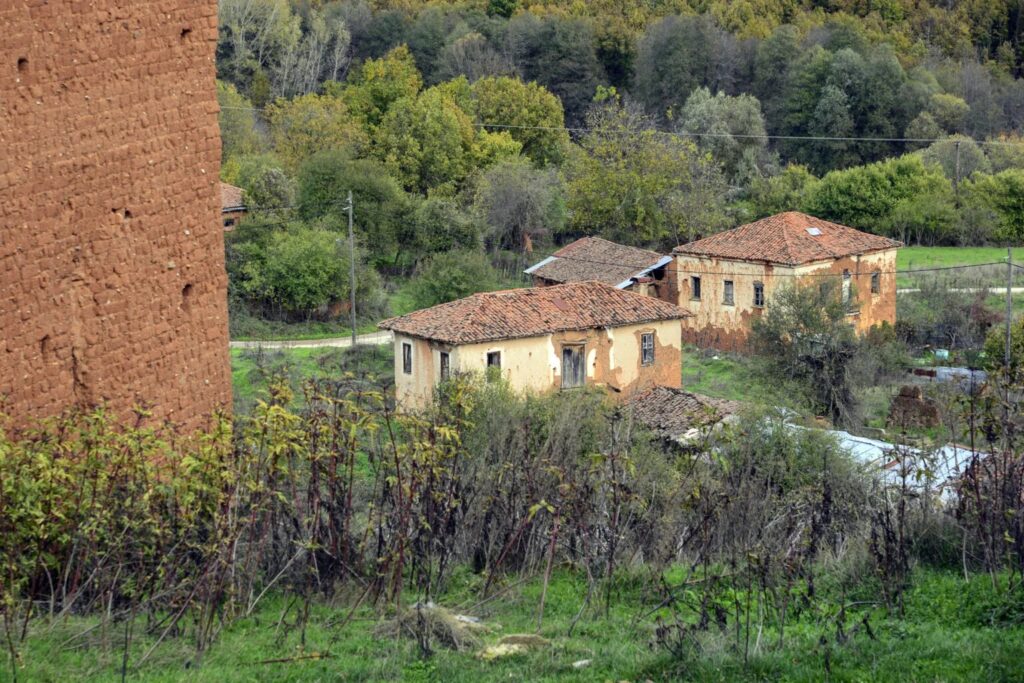
In Ano Kranionas, one can see the church of Agia Paraskevi with the embossed plaque showing the village layout and the families' names.
In Chalara, in addition to the brick-built houses, there is a water mill from 1900 and the brick-built church of Panagia from 1717, while in Mavrokambos, impressive mansions with storerooms and large rooms with fireplaces have been preserved.
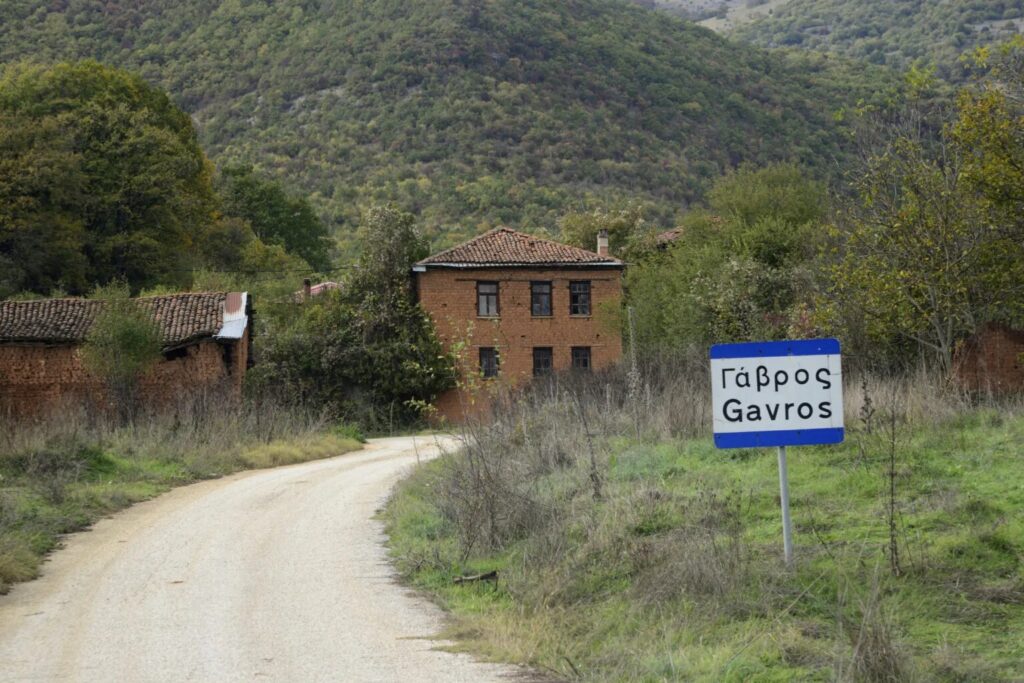
The walk between the houses
Starting from Kastoria, it took us less than 30 minutes to reach the settlement of Gavros. The first image is the one that takes your breath away, as turning left from the main road, you see the hillside with the imposing red houses.
We leave the car and walk. We sneak peeks inside some houses, some of which have been converted into barns or stables. A little further down, a shepherd is taking the animals out to graze with sheepdogs doing their job with rigour.
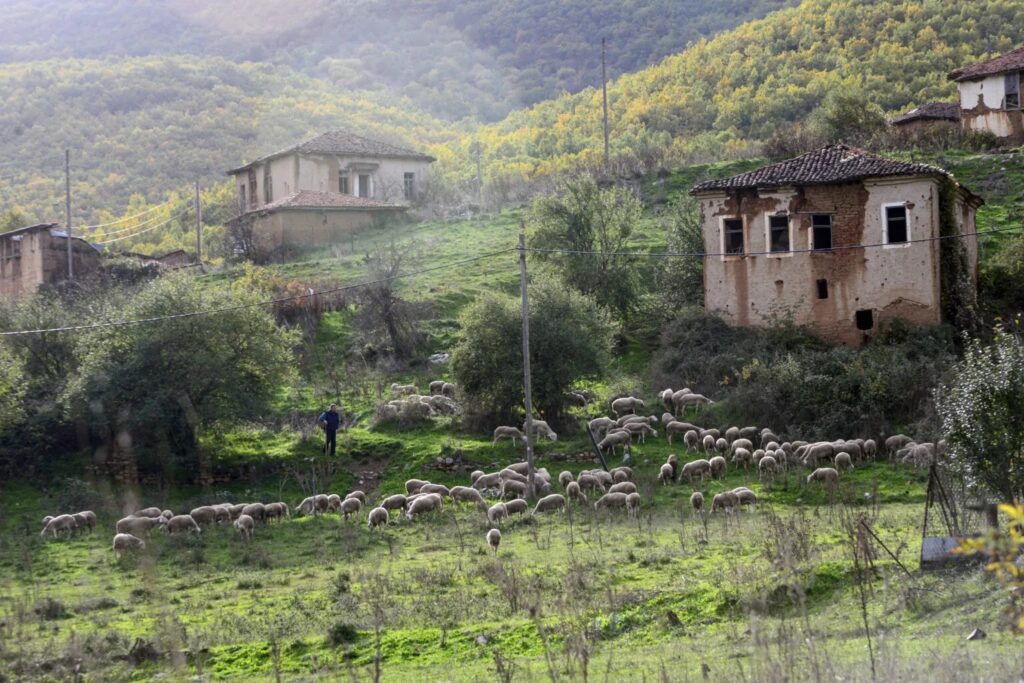
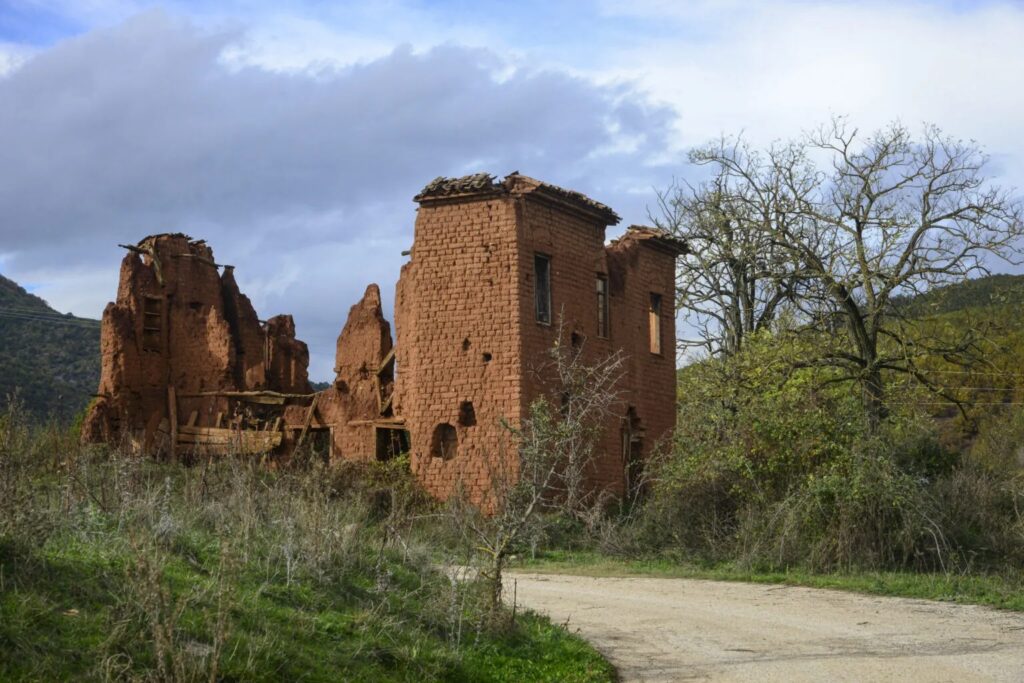
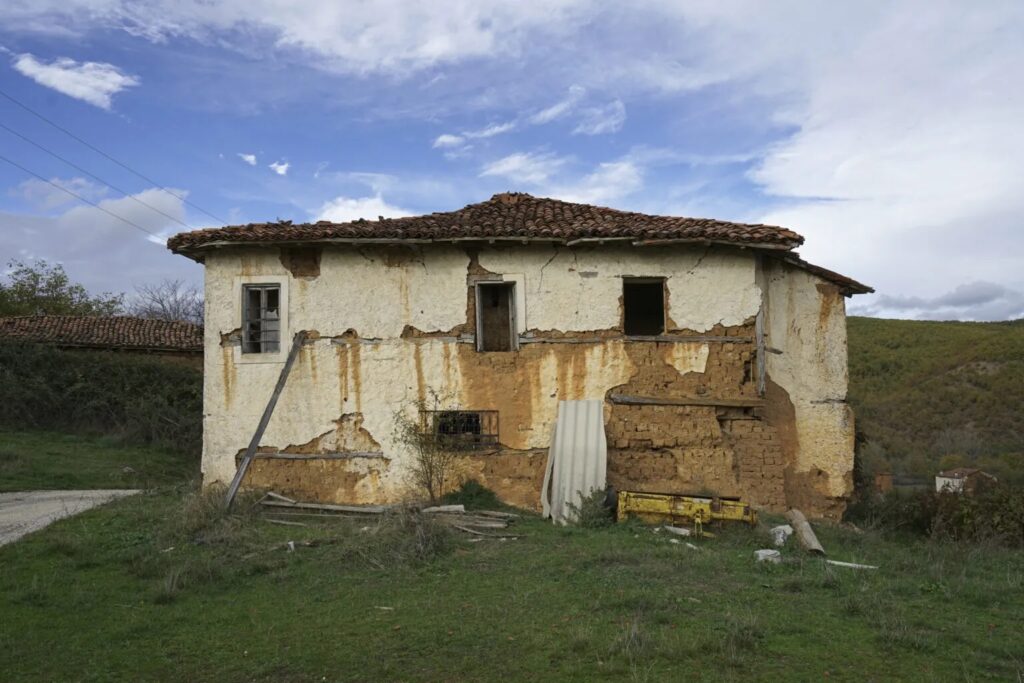
This area has become a witness and a field of fierce battles. Here, during the Macedonian Wars in 1904, in the village of Melas, Pavlos Melas was killed by the Turkish army.
Then, in the 1940s, the villages were deserted and the inhabitants expelled. Some went abroad, mainly to America and Canada, while others went to the Balkans.
READ MORE: Grevena is an authentic town with mountain beauty that fascinates.

